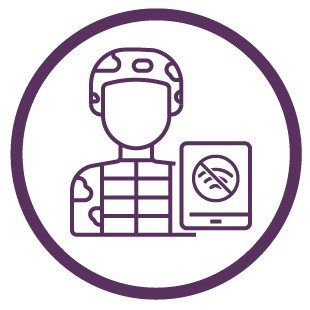What Would Our World Look Like Without GPS Satellites?
Every day, over 12,000 miles above our heads, Global Positioning System (GPS) satellites work silently to keep our lives on track.
Their positioning, navigation and timing (PNT) support helps us get to where we need to go, serves as the backbone for banking, and enhances global farming activities, to name a few. The atomic clocks onboard these satellites also provide critical timing information that keeps our modern, rapidly evolving world operating smoothly.
These satellites are not only a necessity for civil operations, but for U.S. military operations as well. GPS satellites provide navigation for all major field assets, critical location information and supply delivery to troops in the battlefield.
In the U.S. alone, we use over 900 million GPS receivers – nearly three receivers per person. When initiated, a receiver on our device – like a cellphone for example – then uses signals from at least four GPS satellites to determine our exact location. The time it takes for each signal to reach our receiver helps it discern its position on Earth.
But the current GPS fleet above our heads is already aging, with nearly half of these satellites already operating well beyond their intended design lives. More GPS satellites are needed in space to ensure there is never a gap in the critical capabilities they bring – and Lockheed Martin has more ready to be called up for launch. (You could say their atomic clocks are ticking!)











